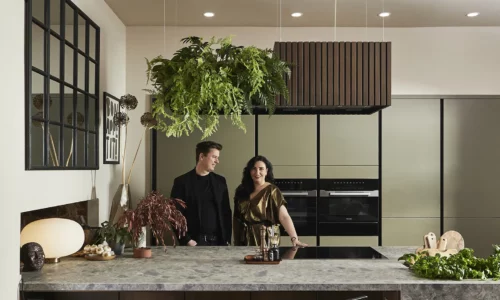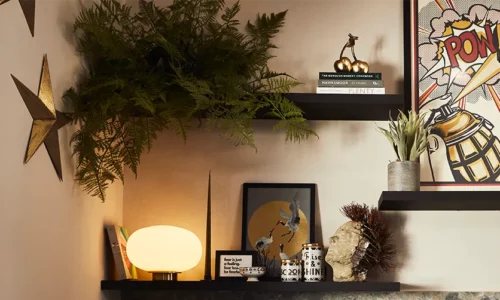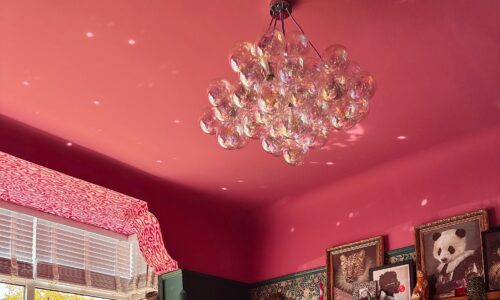Warm White vs Cool White: Which Should You Choose?

Admiring your newly renovated living room, you turn your attention towards the lighting. You know that choosing the right bulbs is key to creating the perfect ambience, but you’re not sure whether cool white vs warm white bulbs are most suitable for your new living space.
Selecting the right colour temperature for the light bulbs in your home is key to curating practical and comfortable spaces.
Discover the difference between cool white and warm white bulbs to find the ideal colour temperature for each room.
What is bulb colour temperature?
Colour temperature refers to the colour of the light that a bulb produces and is measured in Kelvins (K). When colour temperature is described, the light is usually referred to as either ‘warm white’ or ‘cool white’.
- Warm white bulbs give off a yellowy-orange glow and measure around 2000-3000K.
- Cool white bulbs give off a more bluish-white glow and measure around 3000-4500K.
The colour temperature of the bulbs we choose for our homes plays a huge role in creating the right atmosphere, and different colour temperatures are best suited to different rooms.
For more information on colour temperature, see our Light Bulb Colour Temperature Guide.
Warm bulbs help us slow down — they’re soft, flattering, and make a room feel like home. Cool bulbs, on the other hand, are sharper and more energising — great for focus, but not for winding down. It’s not just about brightness — it’s about how you want the space to feel.
James Dowsing-Reynolds, Lighting Designer and Co-Founder
When should you use warm white bulbs?
Warm white bulbs are generally used to create a homely and relaxing ambience because of the cosy glow they produce. This makes them the ideal choice for bedroom and living room lighting.
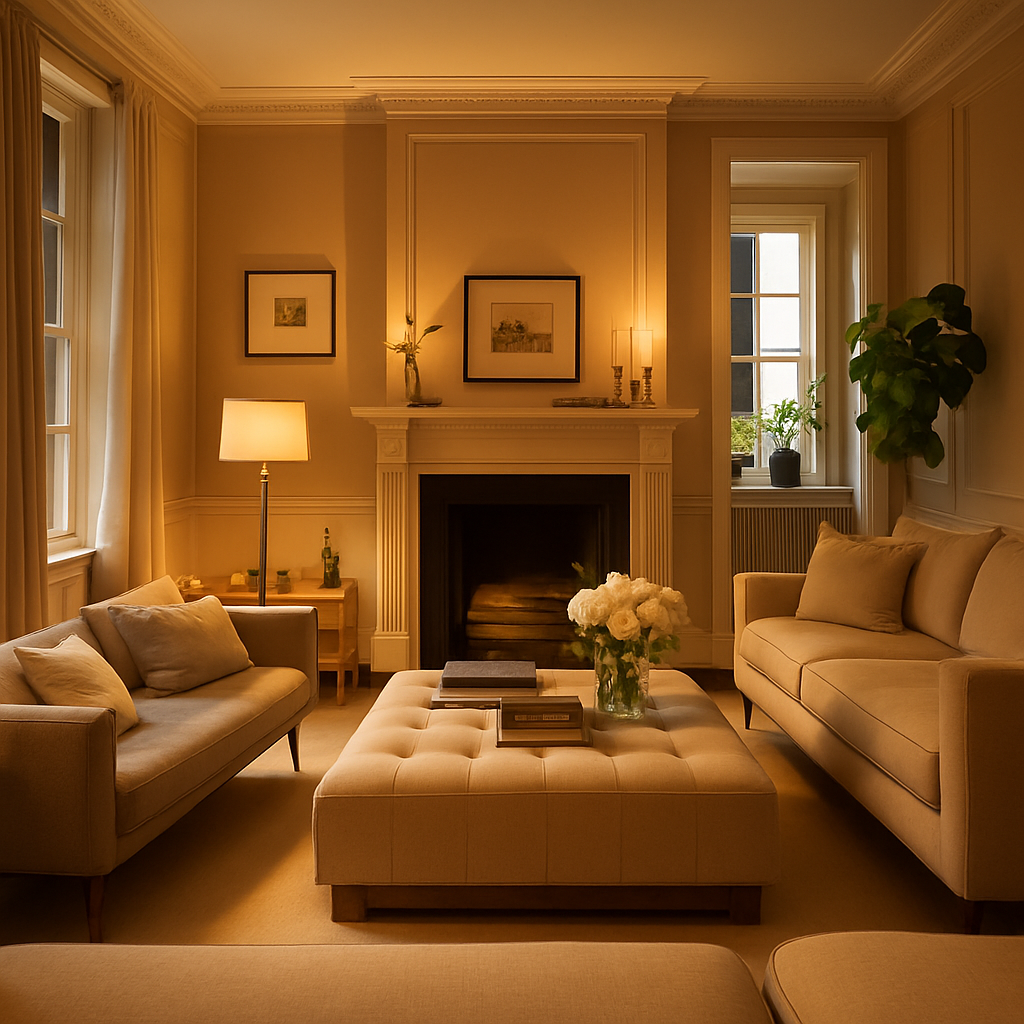
In your living room, consider placing floor and table lamps throughout the space to create soothing pockets of light. When it’s time to unwind for the evening, turn your overhead lights off and let the calming warm glow from the lamps wash over you.
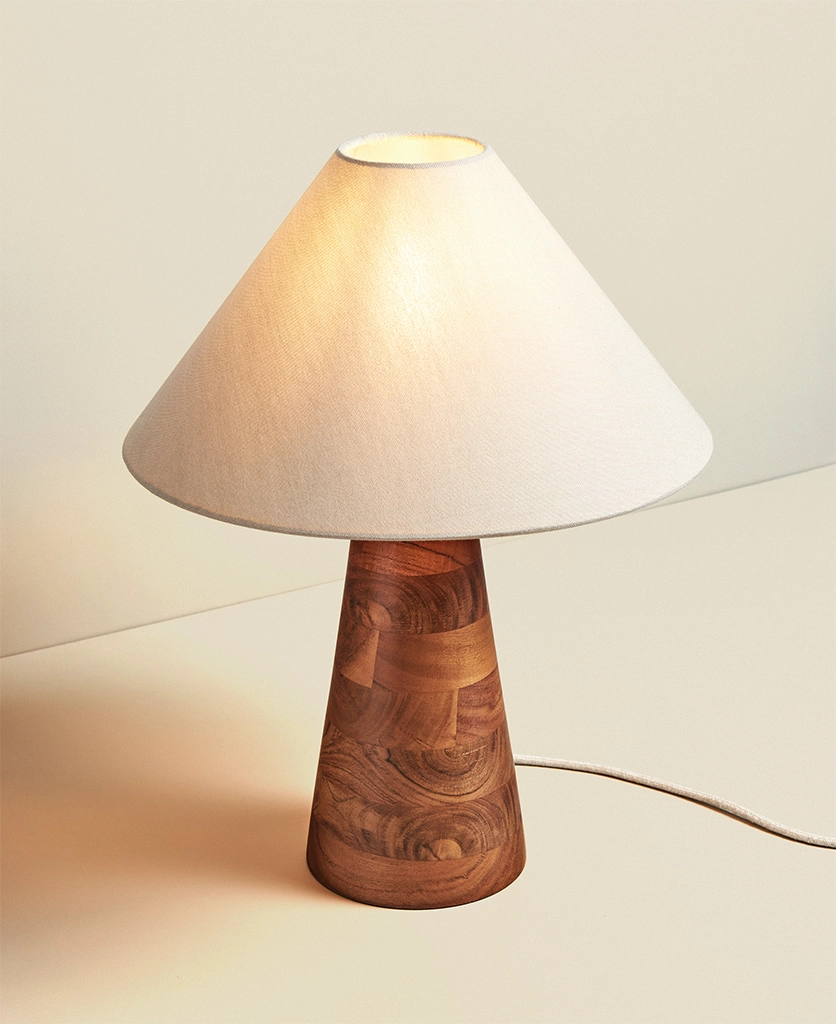
For your bedroom lighting, wall lights with warm bulbs on either side of the bed are a practical and stylish choice. The glow from these bulbs will provide you with enough light to read before bed while helping you to fully wind down and switch off at the same time.
Warm light bulbs are closer to the colour of flames and create a more relaxing atmosphere in your space’, says Ally Dowsing-Reynolds, lighting expert and co-founder of Dowsing & Reynolds. ‘An easy way to remember this is to imagine the soothing lull of a candle or watching the flames of an open fire licking up the chimney.
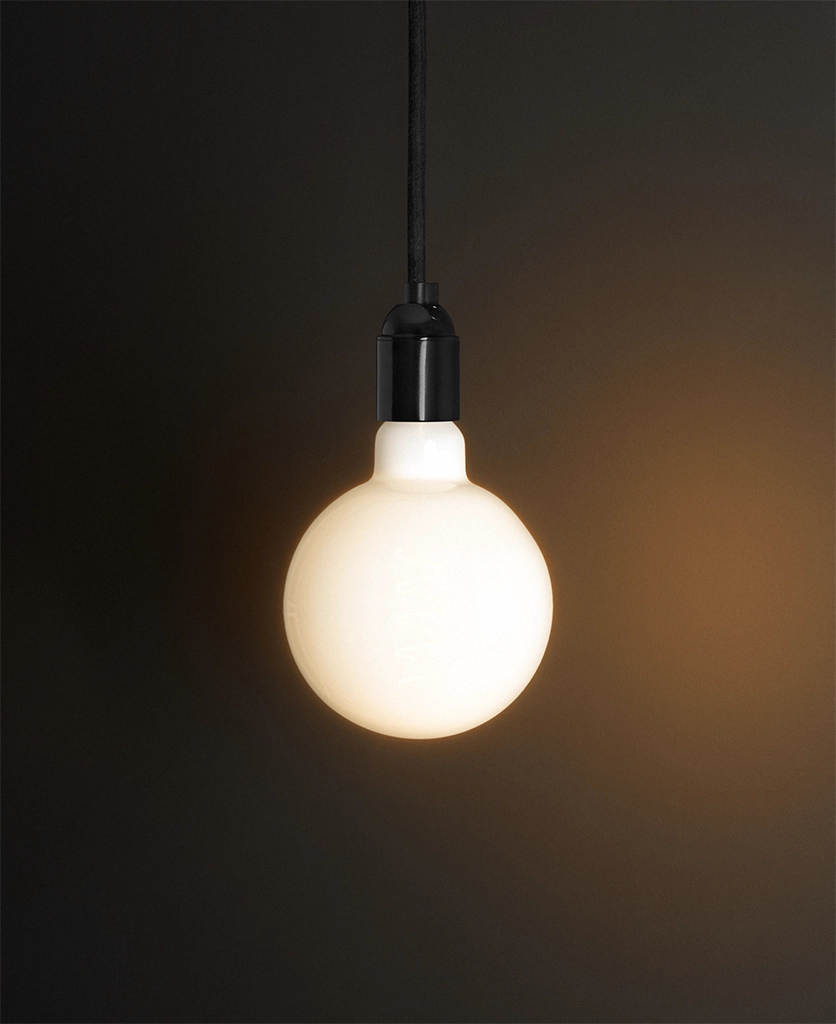
When should you use cool white bulbs?
Cool white bulbs are best suited for busier areas of your home where you need more light, and appear closer to natural daylight than warm white bulbs. They’re most frequently used in kitchens, bathrooms, offices, and utility rooms.
For your kitchen lighting, cool white bulbs are necessary to illuminate tasks such as cooking and cleaning that require a brighter type of light. Positioning pendant lights with cool bulbs above your key work surfaces is a great way to keep the area well-lit while also providing an eye-catching focal point within the room.
When it comes to bathroom lighting, use cool white bulbs throughout the space to give you the best visibility. Placing wall lights with cool white bulbs on either side of your bathroom mirror will ensure you have plenty of light when getting ready for the day.
How to create a layered lighting scheme with different types of bulbs
Although different colour bulbs are best suited for different rooms, it can be a good idea to use a combination of warm white and cool white bulbs in spaces that serve multiple purposes.
The living room is a great example, as you might need brighter, cooler lighting to carry out tasks like working on your laptop or cleaning, in addition to warmer light for winding down and relaxing.
To create a layered lighting scheme in your living room that uses the perfect combination of warm white and cool white bulbs:
- Use cool white bulbs in your ceiling light fixtures. This will ensure you have bright light throughout the space whenever you need it. Put these lights on dimmer switches so you can turn the brightness up or down as desired.
- Use warm white bulbs in your wall lights and floor and table lamps. This will allow you to create a cosy atmosphere in the evenings when the overhead lights are switched off or dimmed down.
Check out our blog for more information on how to create a layered lighting scheme.
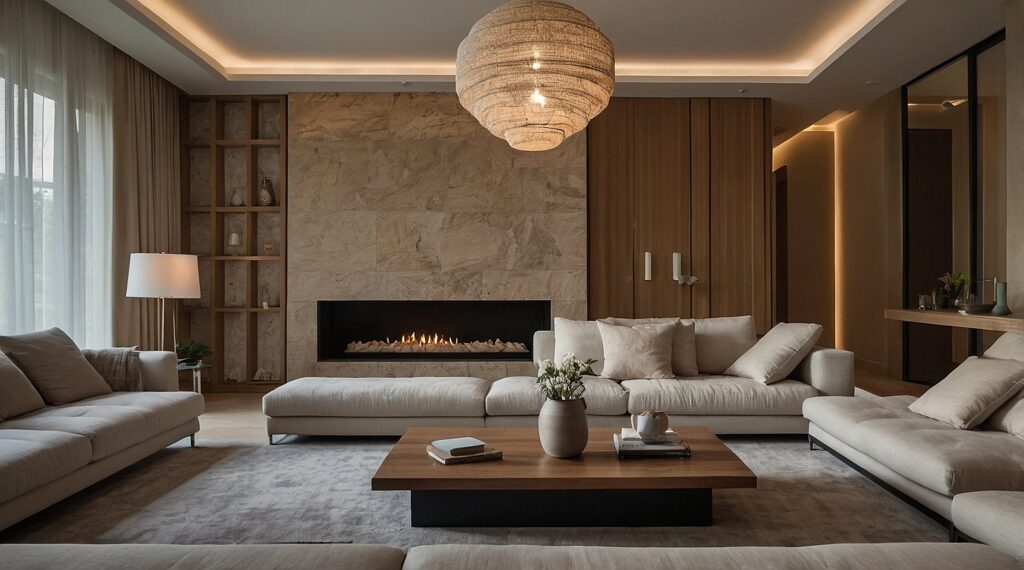
Show us your beautifully lit interiors
We’d love to see how you’ve incorporated a combination of cool white and warm white bulbs into your home to create the right ambience for every room. Tag us on Instagram @dowsingandreynolds – we can’t wait to see what you’ve come up with!

